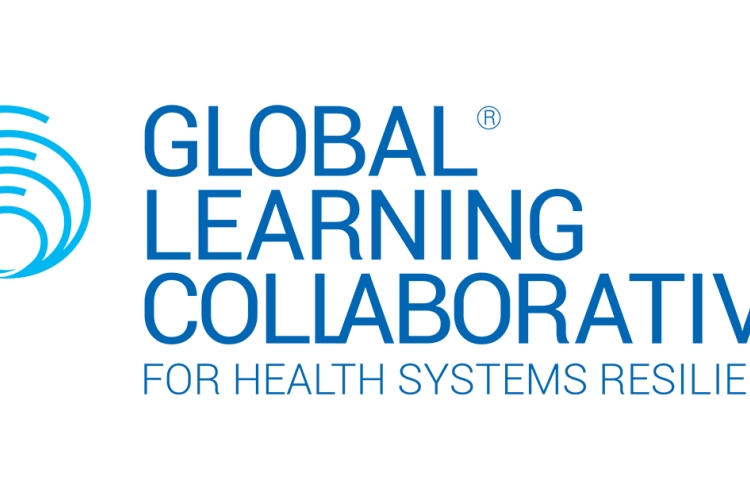At the 2021 Asia-Pacific Community Networks Summit: Innovating Policymaking to Connect the Unconnected
Asia-Pacific, home to over half the world’s population, is the largest and most diverse region of the globe. Four of its countries (China, India, Indonesia, Japan) also account for more than half of the world’s mobile subscriber base. Yet a significant part of the population remains unconnected.
The current global pandemic has made the role of digital technologies—and the urgent need to provide affordable and accessible connectivity to everyone—stark.
Connecting the hardest-to-connect remains a major challenge, particularly in areas where it is not commercially viable for network operators. In recent years, community networks (CNs) have emerged as a viable—and practical—way to connect under- and un-served communities, using a low-cost community driven approach. These initiatives support universal access goals and equip communities with the tools they need to benefit from digital opportunities, including online education and access to e-government services.
As these community-led solutions evolve, they also face several challenges that require policy and regulatory considerations.
In 2019, the United Nations Economic and Social Commission for Asia and the Pacific (UN ESCAP) and the Internet Society partnered to hold the successful Asia-Pacific Regional Community Networks Summit, where we had a constructive dialogue between relevant stakeholders that led to a number of positive outcomes. In the shadow of the continuing global pandemic, and the heavy reliance on digital technologies that it’s created for all sectors, we reconvened in August to host the 2021 edition of the summit.
This year’s summit brought together stakeholders from around the region, including governments, the private sector, funding agencies, and civil society. It explored the progress that’s been made with access and connectivity in the Asia-Pacific since the first installment in 2019 and presented case studies on how community networks have helped people, including during the pandemic. It also discussed how policy and regulatory innovation can be used to further accelerate connectivity to those who need it the most.
For more information, please visit here.






